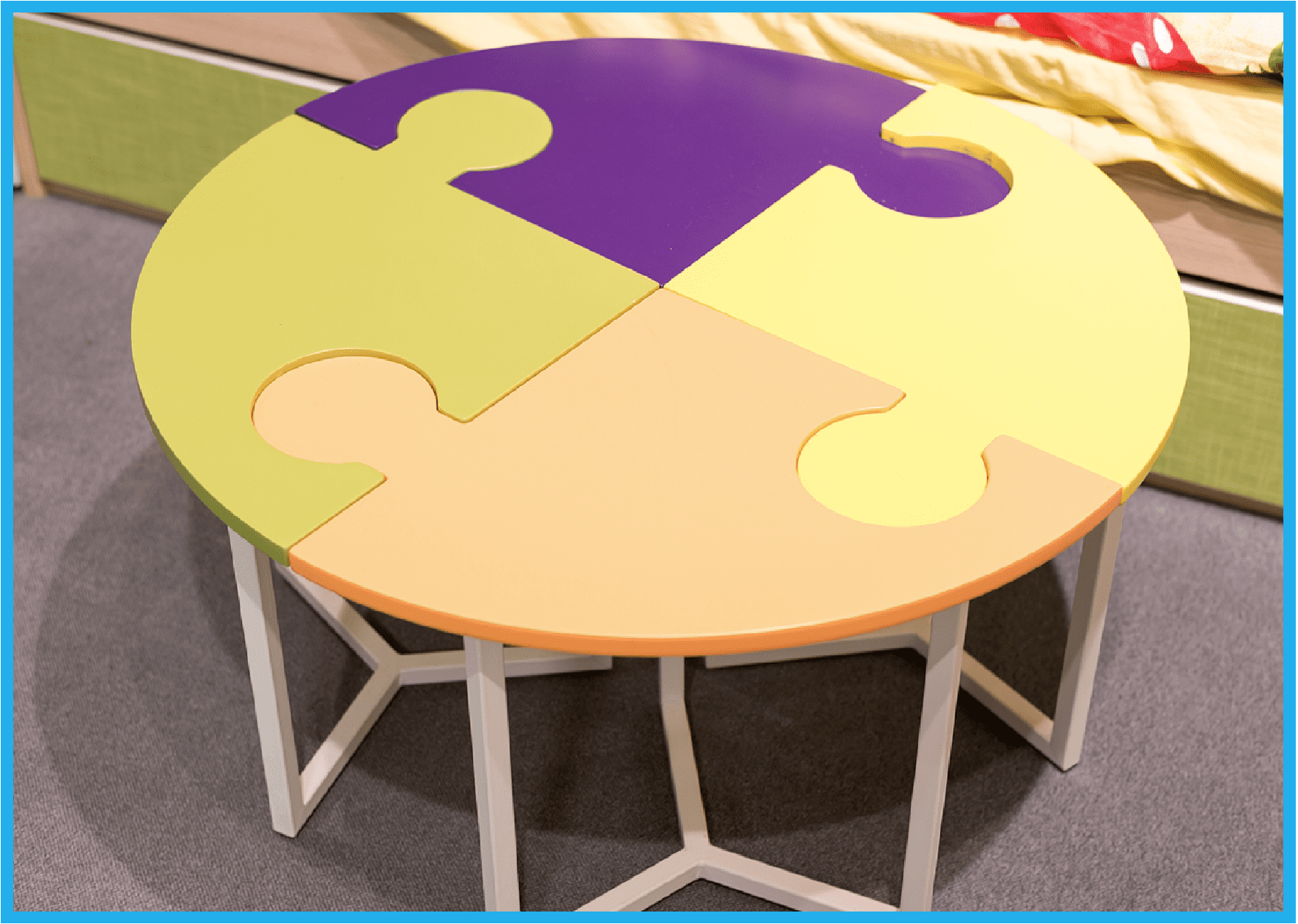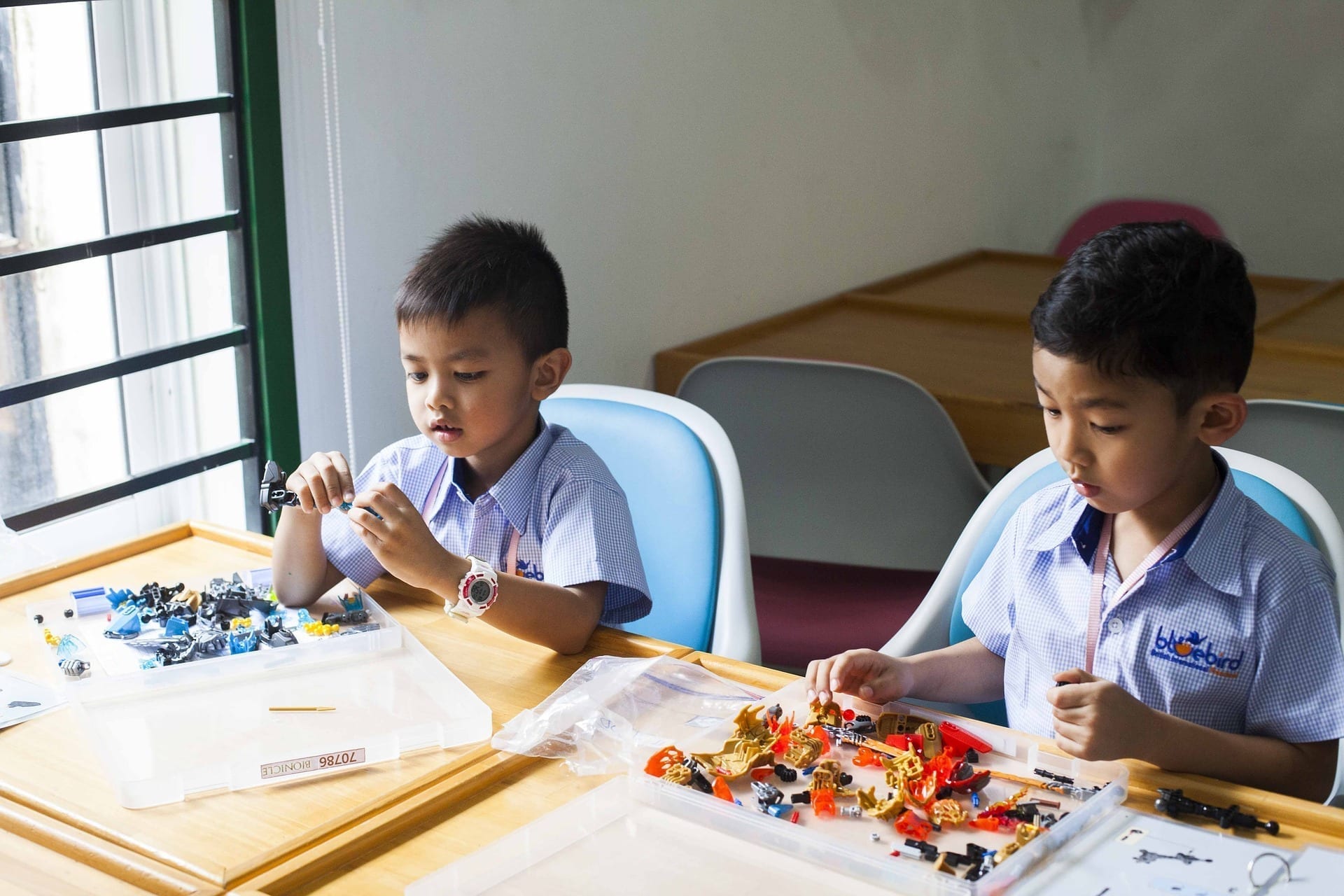According to the Council of the Great City Schools, about half of large city school districts either have a shortage of bilingual teachers for those learning English, or will have one in the next five years. It is a big problem when there is a shortage of these teachers coupled with the fact that the United States has its highest number of English Language Learners (ELLs). Schools need to serve these vulnerable students as quickly as possible, and have come up with various solutions to do so, despite the shortage of ELL and bilingual teachers.
According to CUNY graduate professor Ofelia García, translanguaging is defined as “the process whereby multilingual speakers utilize their languages as an integrated communication system. It is the only way to create meaning while learning. It is the one thing that everyone needs to do in order to successfully develop their languages, develop their ways of knowing, to develop content, develop their social-emotional identities and for society to develop to a more just and equitable society.”
“You cannot isolate the two languages because bilingual children live as bilingual children and not two monolingual children. If we don’t put those two language alongside each other,” García says, “the children will never be able to do that for themselves.”
Therefore, it is important to create the time and space for translanguaging in your classroom. Here are 5 ways you can start doing that today!
1. Label objects in the classroom in multiple languages.
When you walk into an elementary classroom, odds are, you will find nearly everything labeled. This familiarizes students with the written forms of words they already know and use in everyday conversation. The same idea can be applied through translanguaging. By labeling objects in multiple languages, it allows bilingual students to make connections between their native language and the one they’re learning.


2. Give students of all language abilities their time to shine.
We don’t want to shame a child for not knowing vocabulary in a second language. This can discourage them from learning and negatively affect their self confidence. Instead, give all students a moment to share their knowledge. For example, throughout your lesson on fruits and vegetables, ask a native English speaker to partner with an ELL student to name all of the fruits and vegetables in both languages. By emphasizing both languages in a positive light, it allows all children to learn new vocabulary, and creates an encouraging learning environment that fosters all students, regardless of their native language.
3. Stock your classroom with age-appropriate books and multimedia resources in the languages of your students.
By having books and digital resources in multiple languages in your classroom, teachers give all students the opportunity to build upon their native language and learn a second language. If possible, use bilingual books and digital content that shows two languages side-by-side to help students make the connection between their native language and the second language. For examples, in the Little Sponges program, students can watch a video in the bilingual format or full immersion format. Multilingual resources are also helpful for family engagement. Encourage parents of ELL students to read to the class in their native language.
4. When grouping students for collaborative work, allow students with the same native language to work together. This allows them to receive a full and deep understanding of the assignment.

Imagine you’re set to do an assignment with a group of people, but they all speak a language you barely understand. You may be able to fumble through the assignment, but how much did you really learn without any outside context? Probably not as much as the others in your group who were able to more deeply discuss the assignment. Allow students to engage with each other with their home language so that students can deeply discuss a text in the dominant school language (English) later on with all their language resources.
5. Learn key words in your students’ native languages.
Be a co-learner! Learn from the children about their language, cultural practices, and their understandings of the world to create a translanguaging space. For some ELL students, school may be the only place where they use their English skills, but it can also be very isolating if no one takes an interest in their native language or culture. By creating an environment that allows the use of their native language and experiences, combined with other students’ languages and cultures, all students can reach their full potential.
